10 Best Herbal Mucillages For Foot Pain
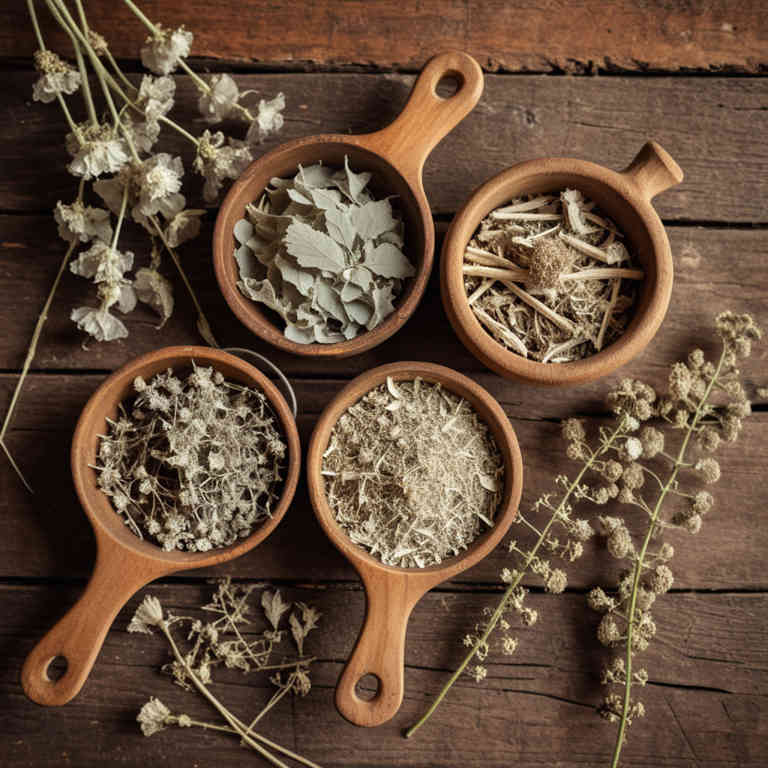
Herbal mucillages, which are thick, gel-like substances derived from certain plants, have been traditionally used to alleviate foot pain due to their soothing and anti-inflammatory properties.
These mucillages, such as those found in aloe vera, psyllium, and marshmallow root, form a protective barrier over the skin, helping to reduce irritation and promote healing. When applied topically, they can provide relief from conditions like plantar fasciitis, heel spurs, and minor cuts or abrasions on the feet. Their natural composition makes them a safe alternative for individuals seeking non-pharmacological treatments.
Incorporating herbal mucillages into foot care routines may offer a holistic approach to managing chronic or acute foot discomfort.
FREE Herb Drying Checklist
How to make sure every batch retains maximum flavor, color, and aroma without the risk of mold or over-drying. Eliminate guesswork and trial-and-error, making herb drying faster, easier, and more efficient every time.
Table of Contents
1. Aloe barbadensis
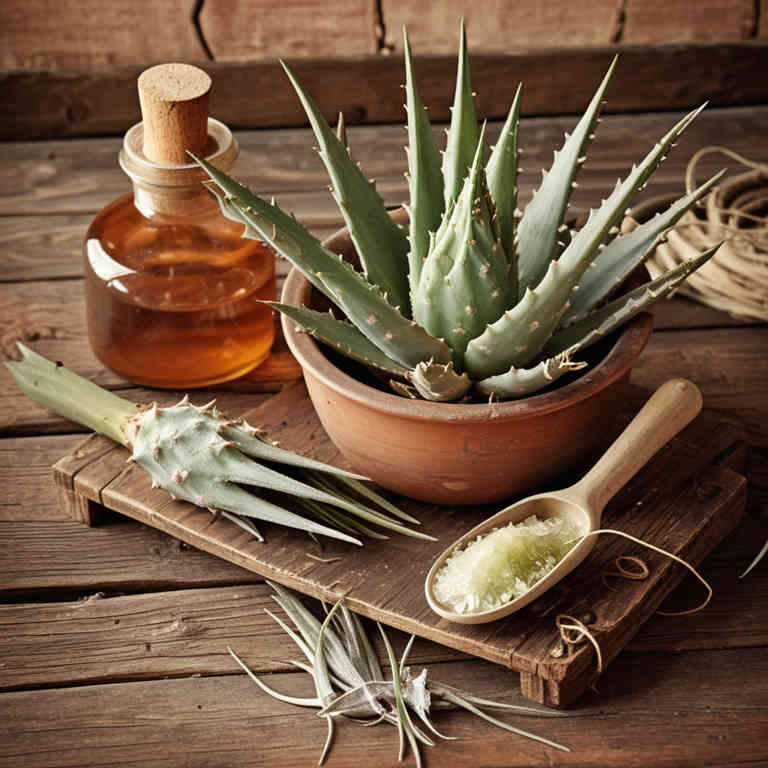
Aloe barbadensis, commonly known as aloe vera, contains natural mucillages that have been widely used for their soothing and healing properties.
These mucillages form a protective barrier on the skin, helping to reduce inflammation and promote the healing of minor wounds and irritations. When applied topically to the feet, aloe vera mucillages can provide relief from pain and discomfort caused by conditions such as plantar fasciitis or calluses. The anti-inflammatory and moisturizing effects of aloe mucillages help to soften and hydrate the skin, reducing dryness and cracking.
Overall, aloe barbadensis mucillages offer a natural, gentle alternative for managing foot pain and supporting skin health.
2. Equisetum arvense
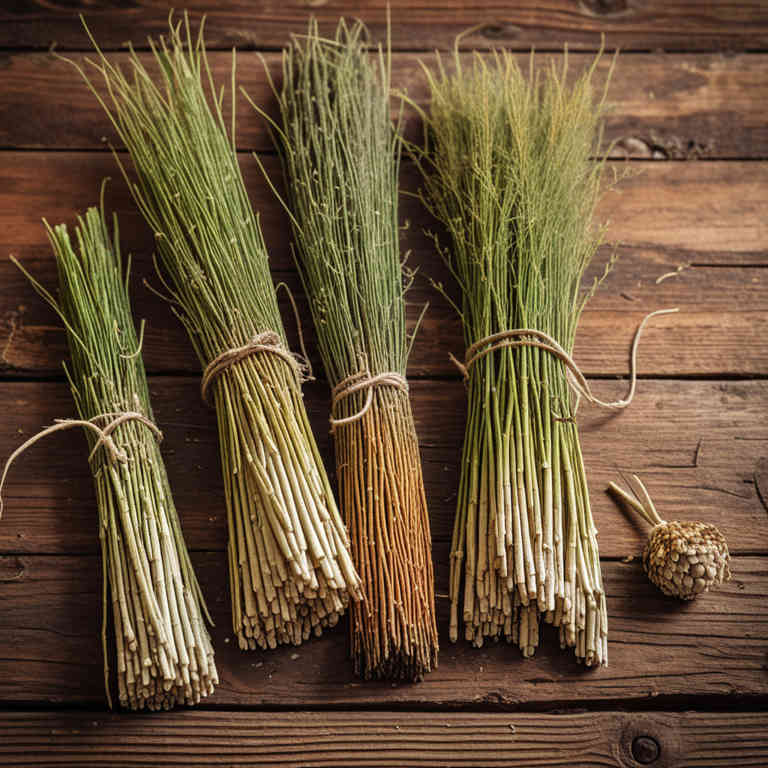
Equisetum arvense, commonly known as field horsetail, contains herbal mucillages that have been traditionally used for their anti-inflammatory and soothing properties.
These mucillages, derived from the plant's stems, form a thick, gel-like substance when mixed with water, which can help reduce irritation and pain in the feet. The mucillages are believed to promote healing by providing a protective barrier over the skin and reducing friction. Some natural remedies incorporate these mucillages into poultices or topical applications to alleviate conditions such as plantar fasciitis or athlete's foot.
While further scientific research is needed, many users report relief from foot pain when using equisetum arvense mucillages as part of a holistic treatment approach.
3. Cnicus benedictus

Cnicus benedictus, commonly known as St. Benedict's herb, contains mucilaginous properties that may offer relief for foot pain when used as a topical application.
The mucilage, a thick, gel-like substance, has soothing and anti-inflammatory effects that can help reduce irritation and discomfort in the feet. This herbal remedy is often used in traditional medicine to address conditions such as plantar fasciitis, heel spurs, and general foot inflammation. To apply, the mucilage can be prepared by steeping the dried plant in warm water, then using the liquid as a compress or poultice on the affected area.
While it is generally considered safe, individuals with sensitive skin should perform a patch test before use to avoid any adverse reactions.
4. Urtica dioica

Urtica dioica, commonly known as stinging nettle, contains mucillages that have been traditionally used for their soothing and anti-inflammatory properties.
These mucillages form a protective layer over the skin, helping to reduce irritation and discomfort associated with foot pain. When applied topically, they can provide relief from conditions such as plantar fasciitis, heel spurs, and general foot inflammation. The mucillages also have a mild analgesic effect, which can help alleviate pain and promote healing.
However, it is important to ensure proper preparation and application to avoid any adverse reactions, as the plant's stinging properties can cause irritation if not handled correctly.
5. Chamomilla recutita
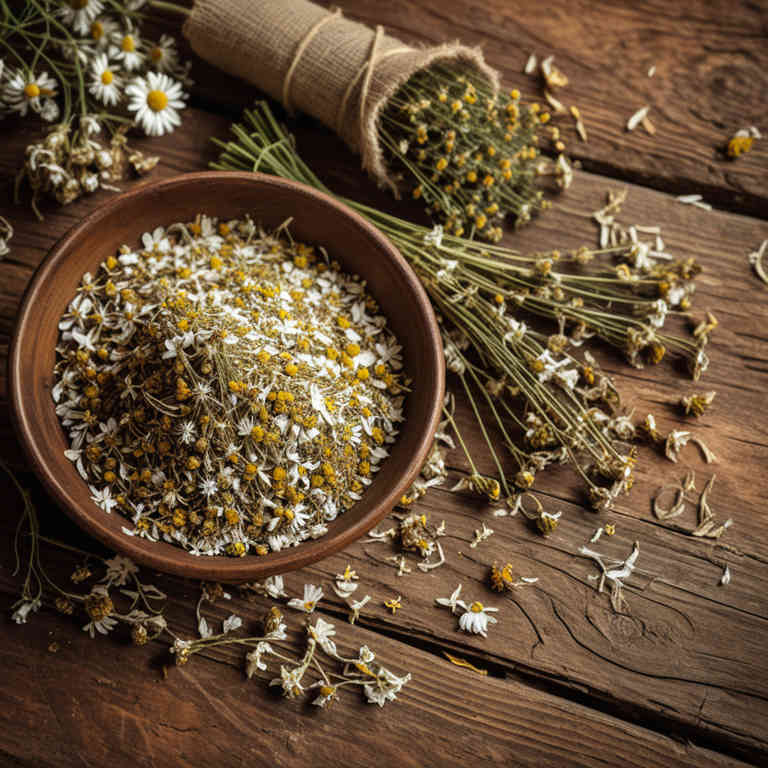
Chamomilla recutita, commonly known as German chamomile, contains mucillages that have been traditionally used for their soothing and anti-inflammatory properties.
These mucillages form a protective layer over the skin, helping to reduce irritation and promote healing in cases of foot pain. When applied topically, the mucillages can alleviate discomfort associated with conditions such as plantar fasciitis or minor skin abrasions. The calming effects of chamomilla recutita also contribute to reducing inflammation and improving overall foot comfort.
As a natural remedy, it offers a gentle alternative for those seeking relief from foot pain without the use of pharmaceuticals.
6. Hypericum perforatum
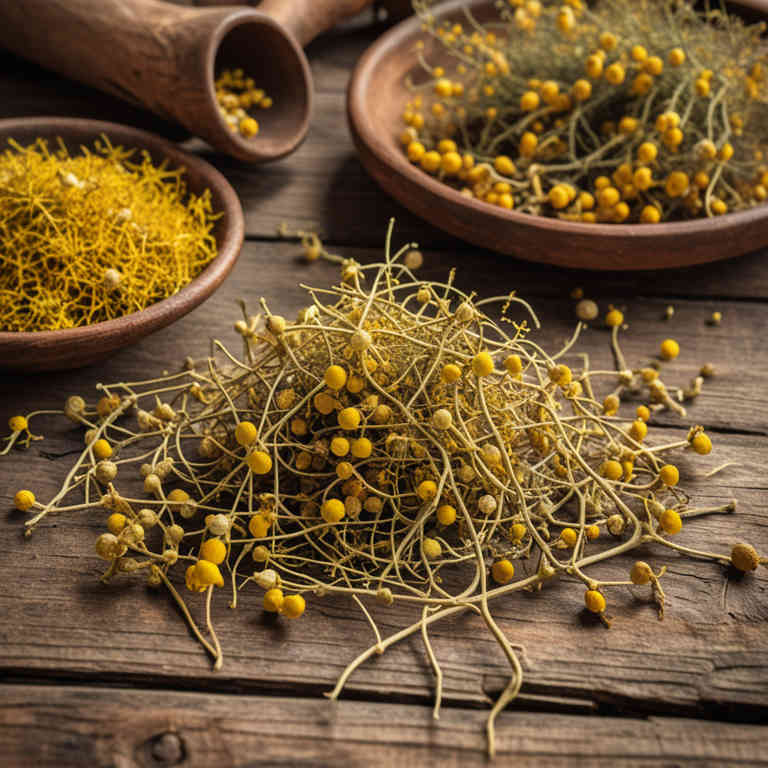
Hypericum perforatum, commonly known as St. John's Wort, is a herb traditionally used for its potential anti-inflammatory and analgesic properties.
While it is more widely recognized for treating mild to moderate depression, its mucillages—gel-like substances found in the plant—may offer additional benefits for foot pain, particularly when inflammation or irritation is present. These mucillages have a soothing effect on the skin and can help reduce redness and discomfort associated with conditions like plantar fasciitis or athlete's foot. However, it is important to note that the mucillages of Hypericum perforatum are not typically the primary active component in standard formulations, and their role in alleviating foot pain may be limited compared to other herbal treatments.
As with any herbal remedy, it is advisable to consult a healthcare professional before using Hypericum perforatum for foot pain to ensure safety and appropriateness for individual health conditions.
7. Calendula officinalis
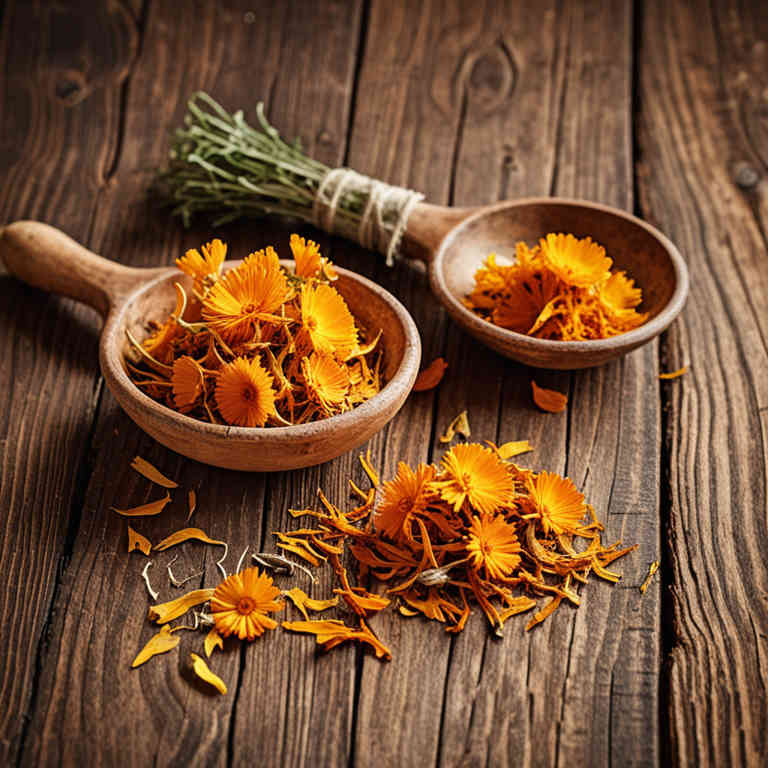
Calendula officinalis, commonly known as pot marigold, contains herbal mucillages that have been traditionally used to alleviate foot pain due to their soothing and anti-inflammatory properties.
These mucillages form a protective barrier over the skin, helping to reduce irritation and promote healing in conditions such as blisters, calluses, and minor wounds on the feet. The presence of compounds like flavonoids and triterpenes in calendula mucillages contributes to their ability to ease inflammation and discomfort. When applied topically in the form of creams, ointments, or poultices, calendula mucillages can provide natural relief for individuals suffering from foot pain without the side effects associated with some pharmaceutical treatments.
Overall, calendula officinalis offers a gentle, effective alternative for managing foot pain through its beneficial mucilage properties.
8. Sutherlandia frutescens
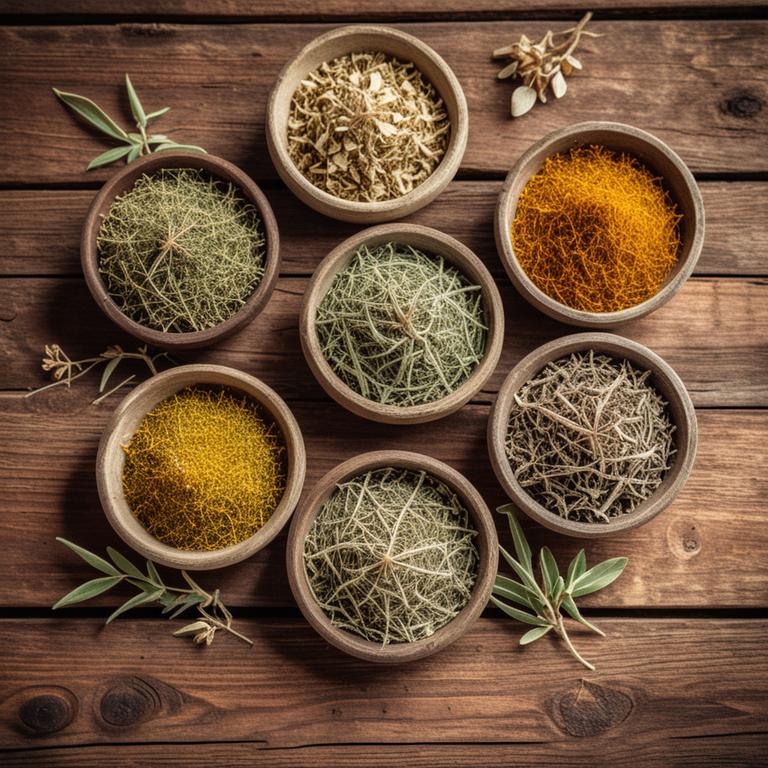
Sutherlandia frutescens, also known as the "cancer bush," contains mucilaginous properties that have been explored for their potential in alleviating foot pain.
The mucillages present in the plant are rich in polysaccharides, which can have soothing and anti-inflammatory effects on the skin and tissues. These mucilaginous compounds may help reduce irritation and provide a protective barrier, potentially offering relief for conditions like plantar fasciitis or minor foot injuries. While research on its specific efficacy for foot pain is limited, some traditional and alternative medicine practices have used Sutherlandia for its healing properties.
It is often recommended to consult with a healthcare professional before using Sutherlandia frutescens for therapeutic purposes, especially if other underlying conditions are present.
9. Symphytum officinale
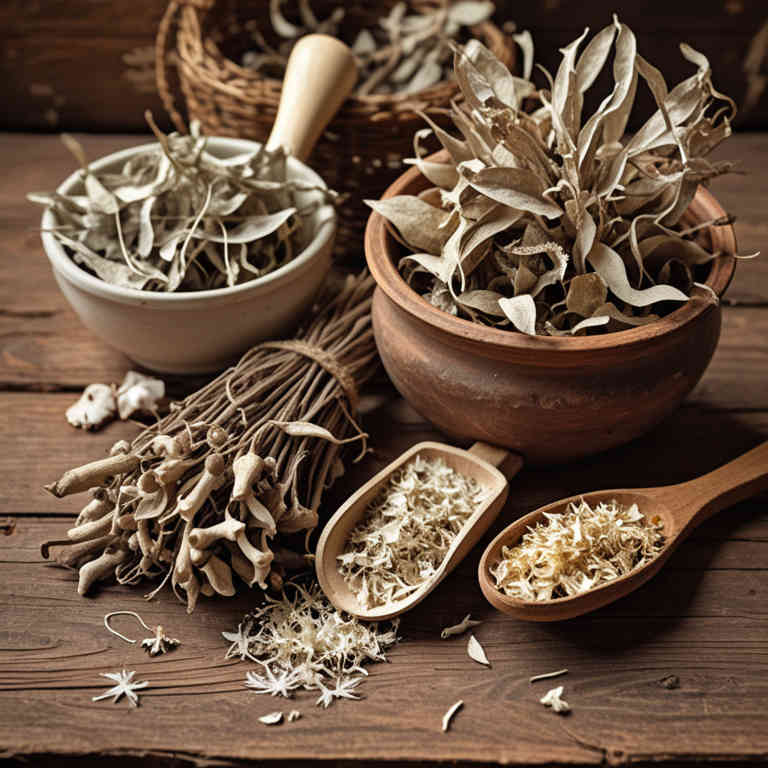
Symphytum officinale, commonly known as comfrey, contains mucillages that have been traditionally used to support the healing of tissues and reduce inflammation.
The mucillages in comfrey act as a natural emollient, helping to soothe and protect the skin, which can be beneficial for individuals experiencing foot pain due to minor injuries or abrasions. While comfrey is not recommended for internal use due to potential toxicity, its topical application may provide relief for external foot conditions. However, it is important to consult with a healthcare professional before using comfrey mucillages, especially for chronic or severe foot pain.
Despite its historical use, the safety and efficacy of comfrey for foot pain remain subjects of ongoing research and caution.
10. Arnica montana
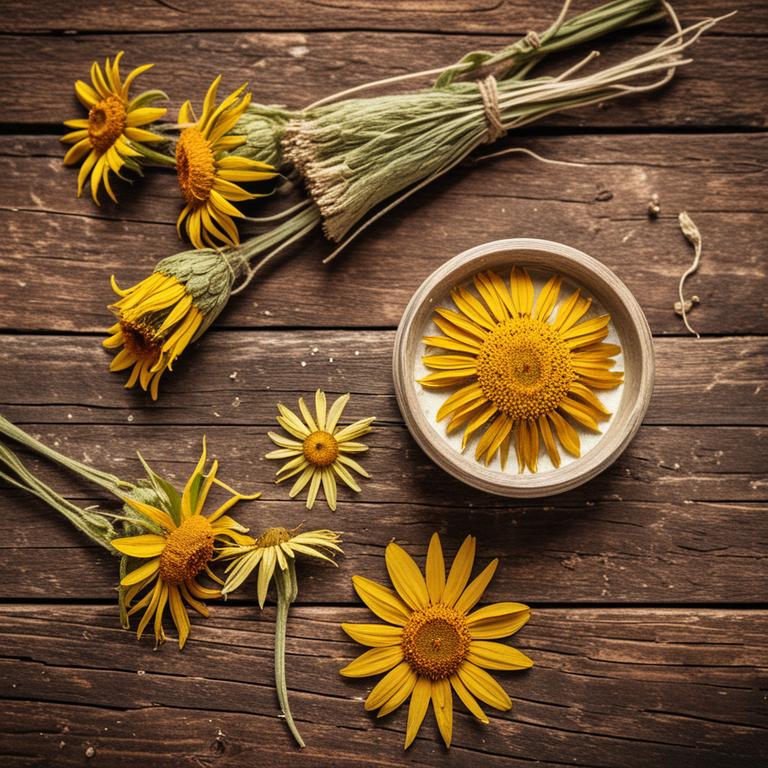
Arnica montana herbal mucillages are traditionally used for their anti-inflammatory and analgesic properties, making them a popular remedy for foot pain caused by conditions such as plantar fasciitis, sprains, or arthritis.
These mucillages, derived from the dried and ground roots of the arnica plant, contain bioactive compounds like helenalin and flavonoids that help reduce swelling and promote tissue repair. When applied topically, arnica mucillages can provide soothing relief and may enhance circulation in the affected areas. However, it is important to note that arnica should not be used on open wounds or broken skin, as it may cause irritation.
As with any herbal remedy, it is advisable to consult a healthcare professional before use, especially for individuals with sensitive skin or underlying health conditions.